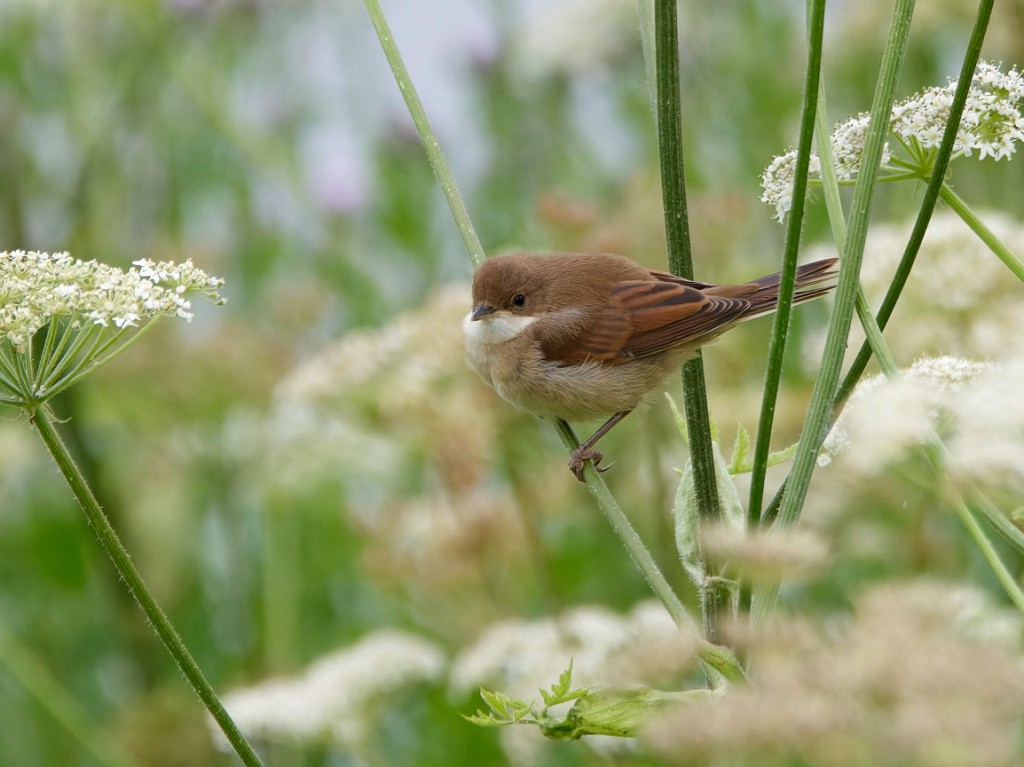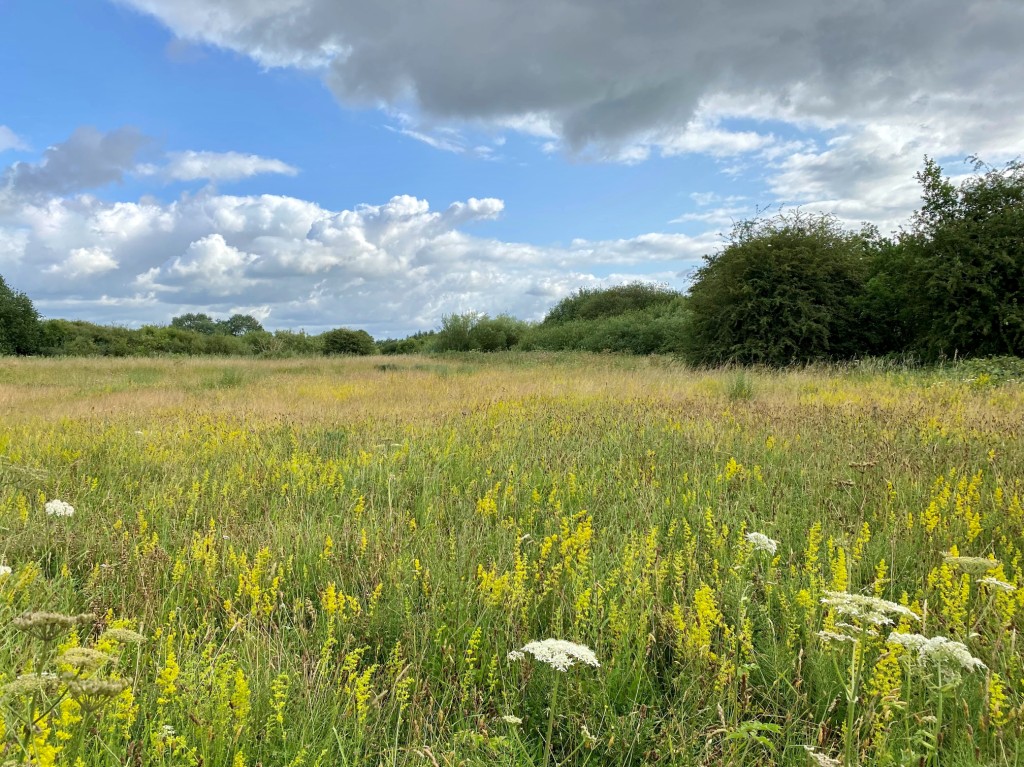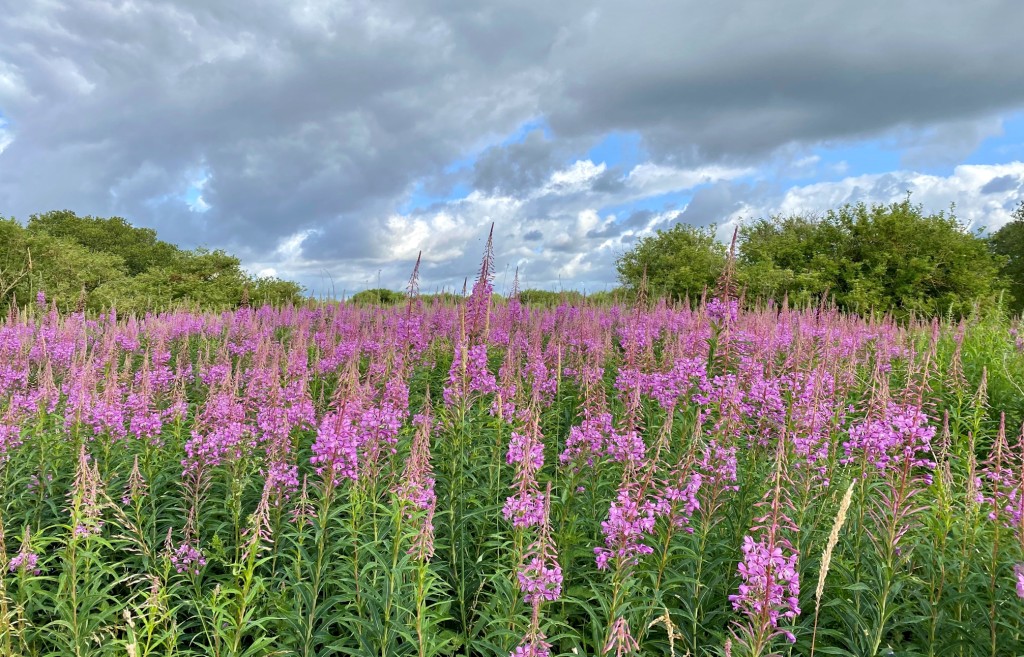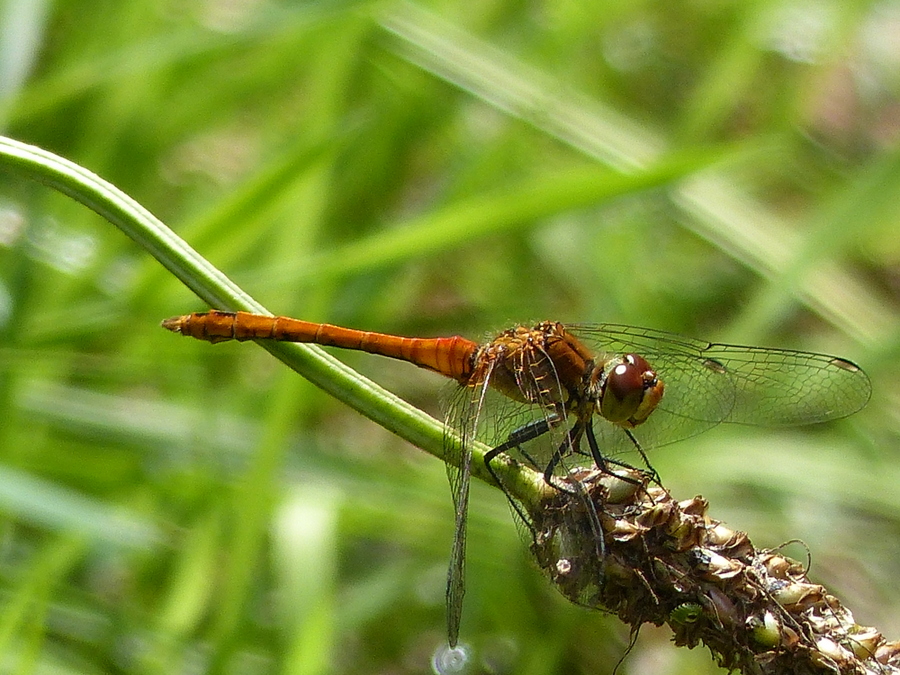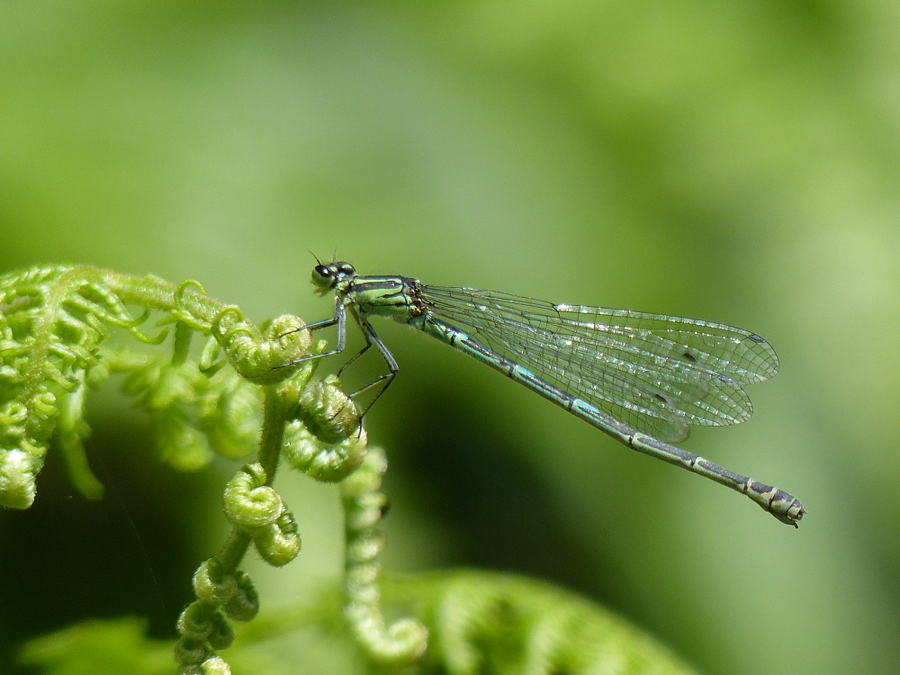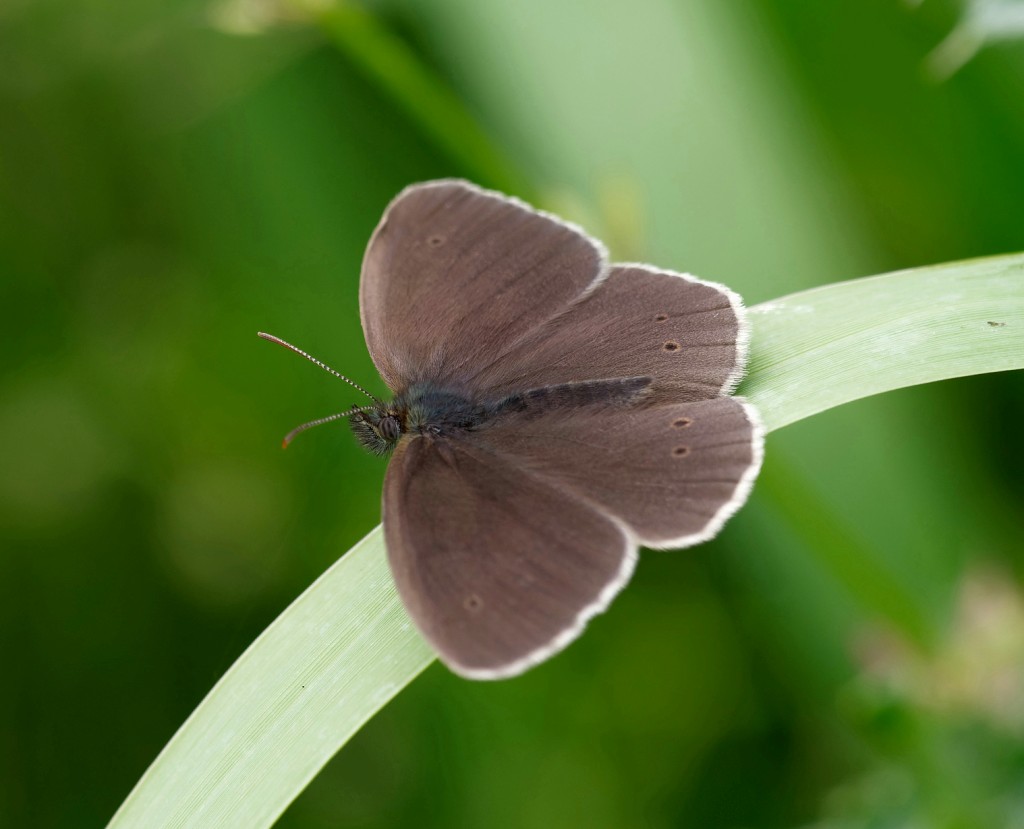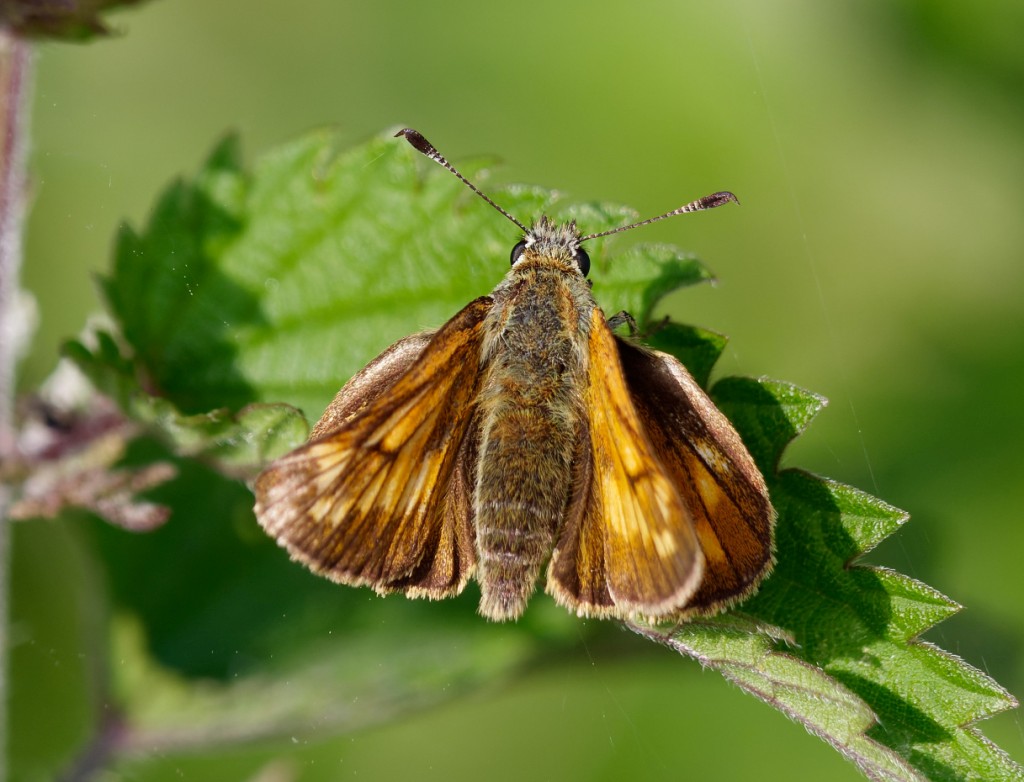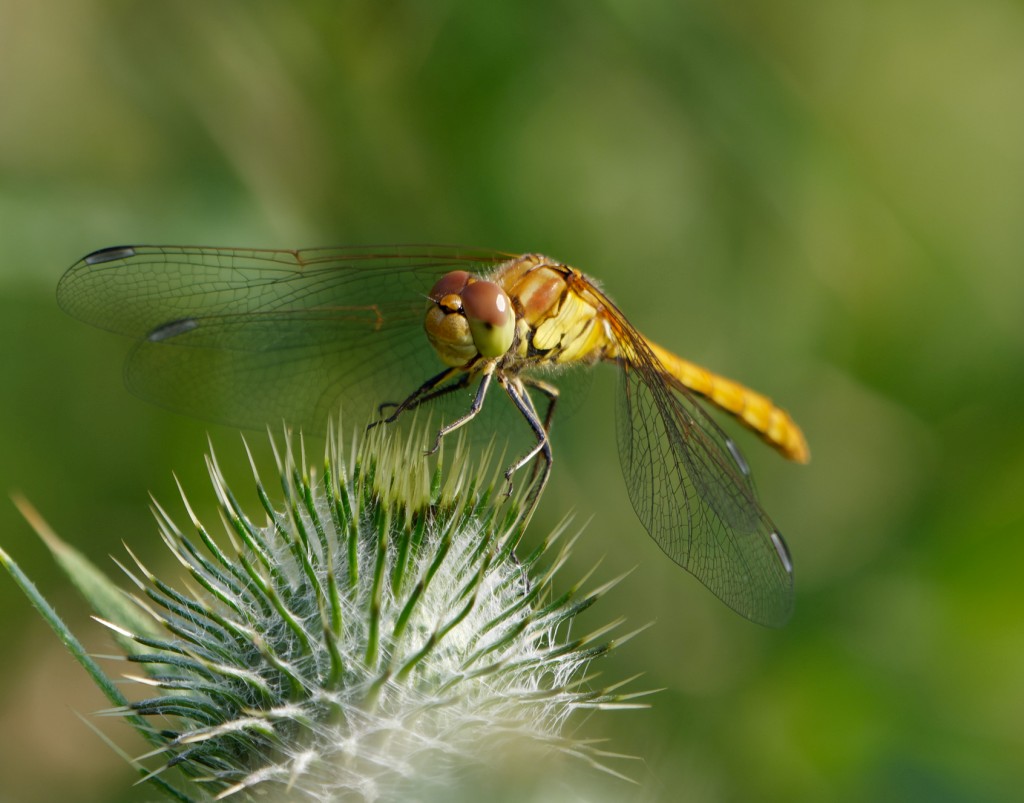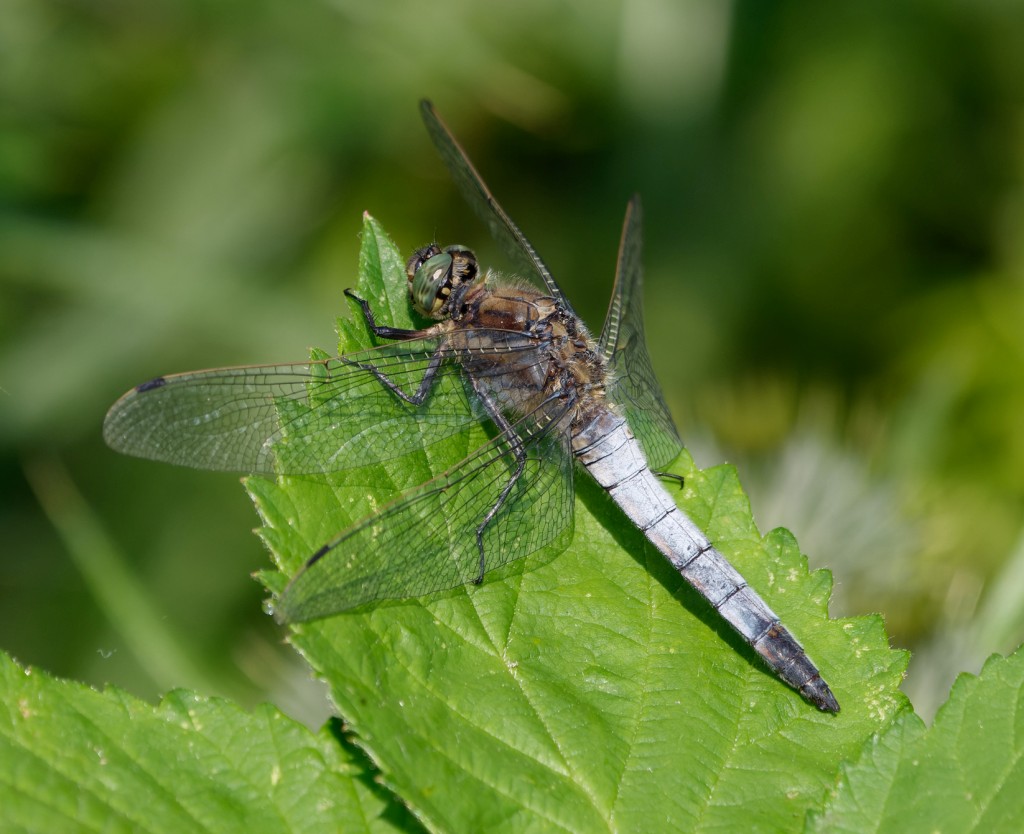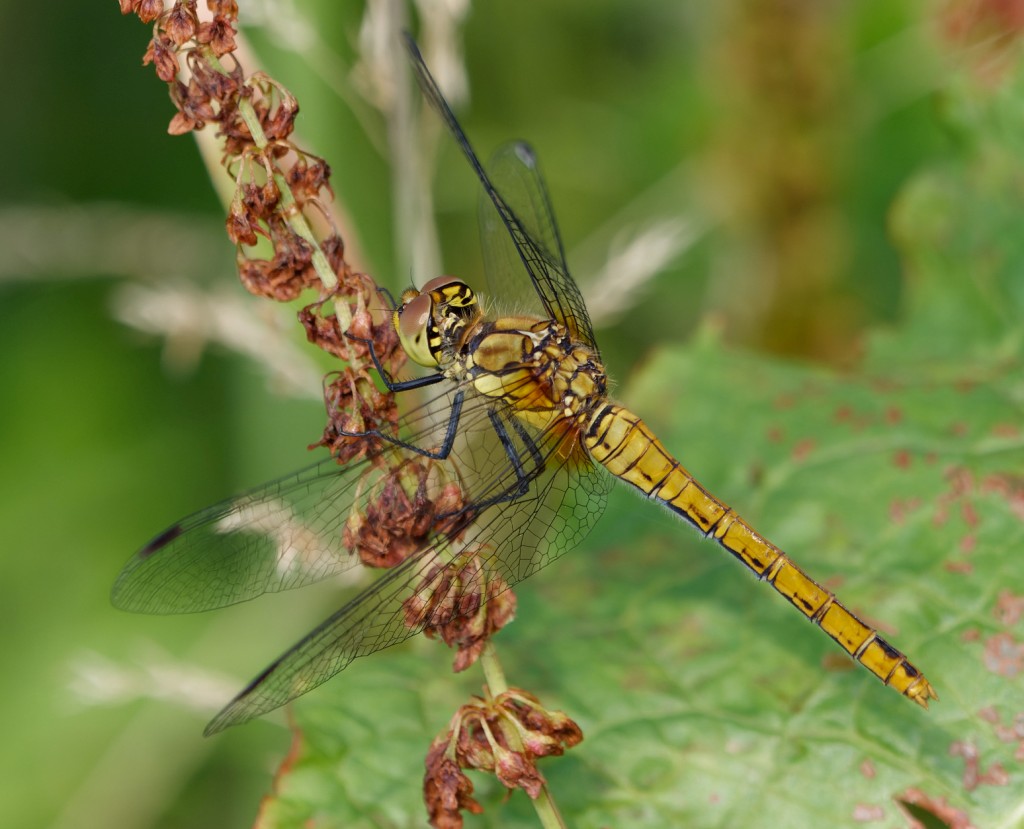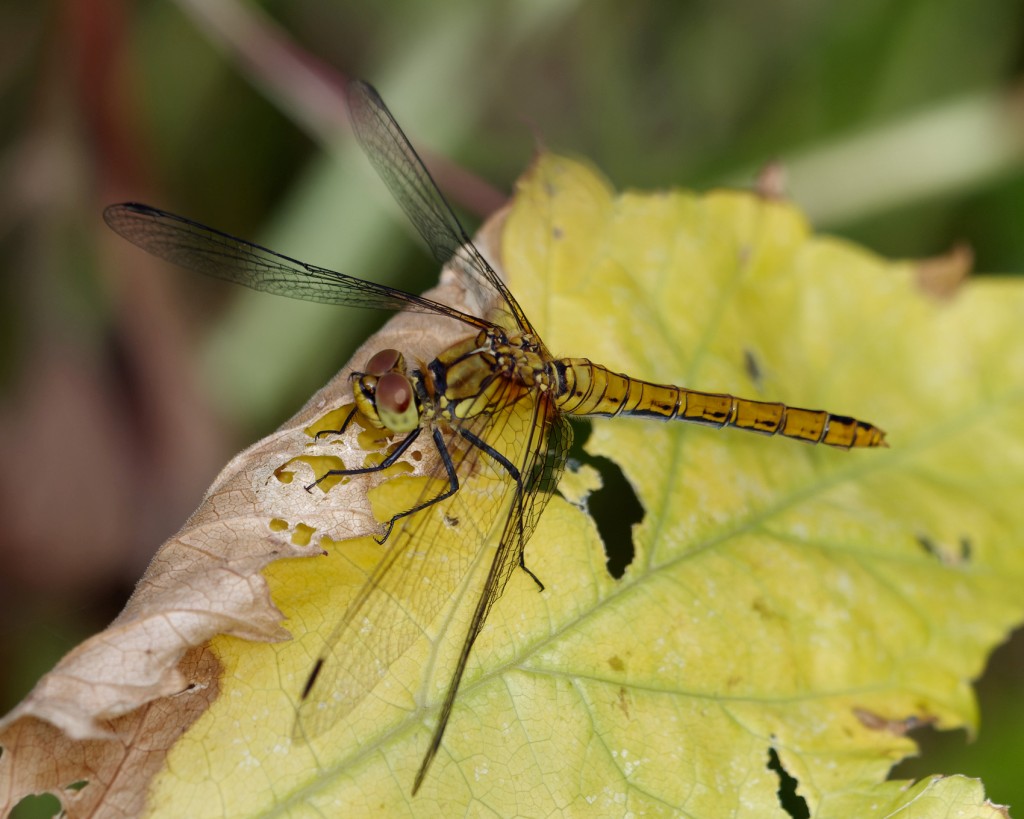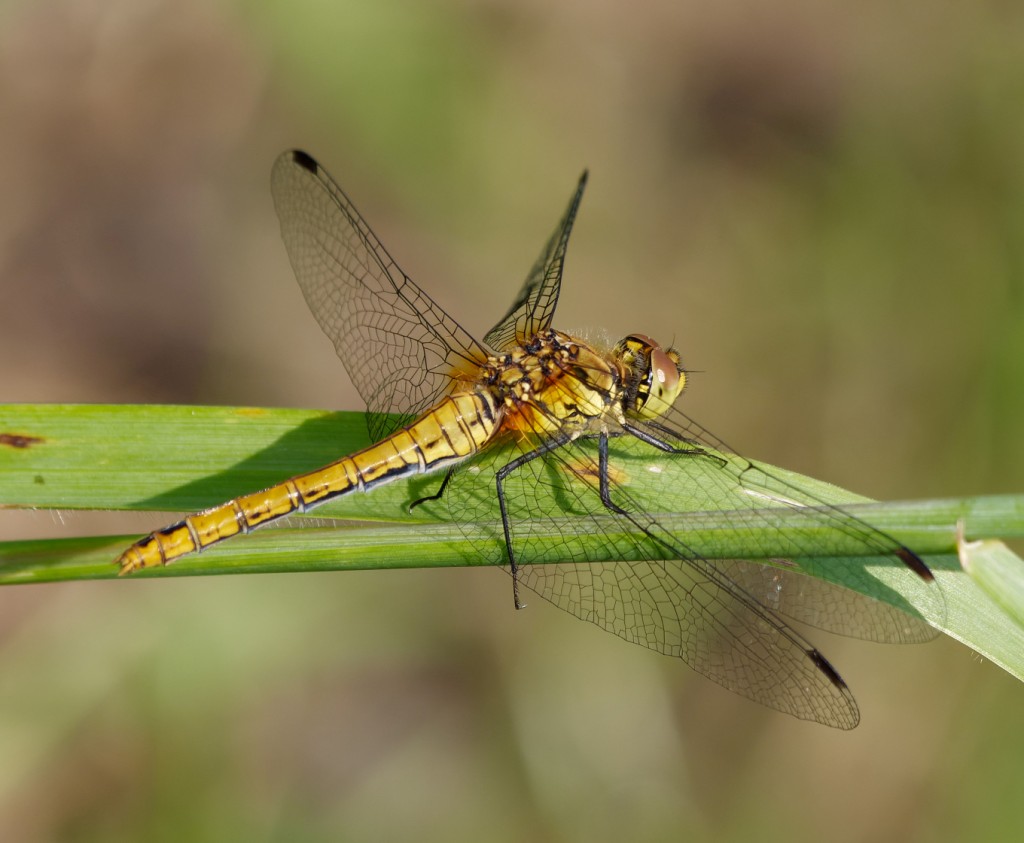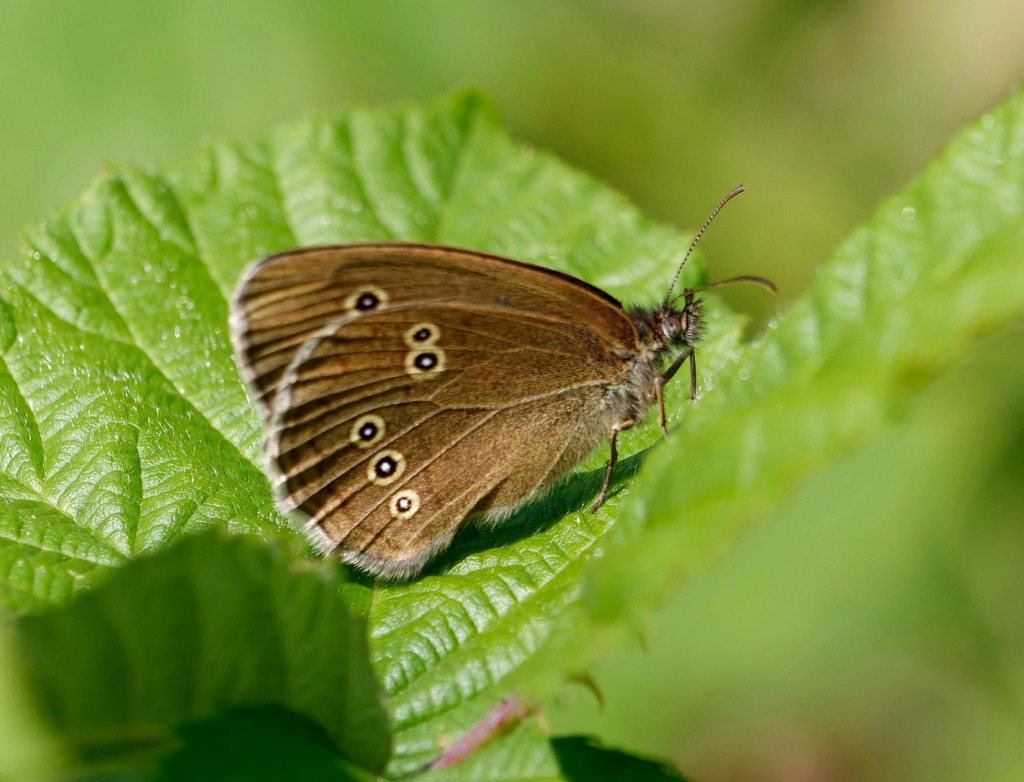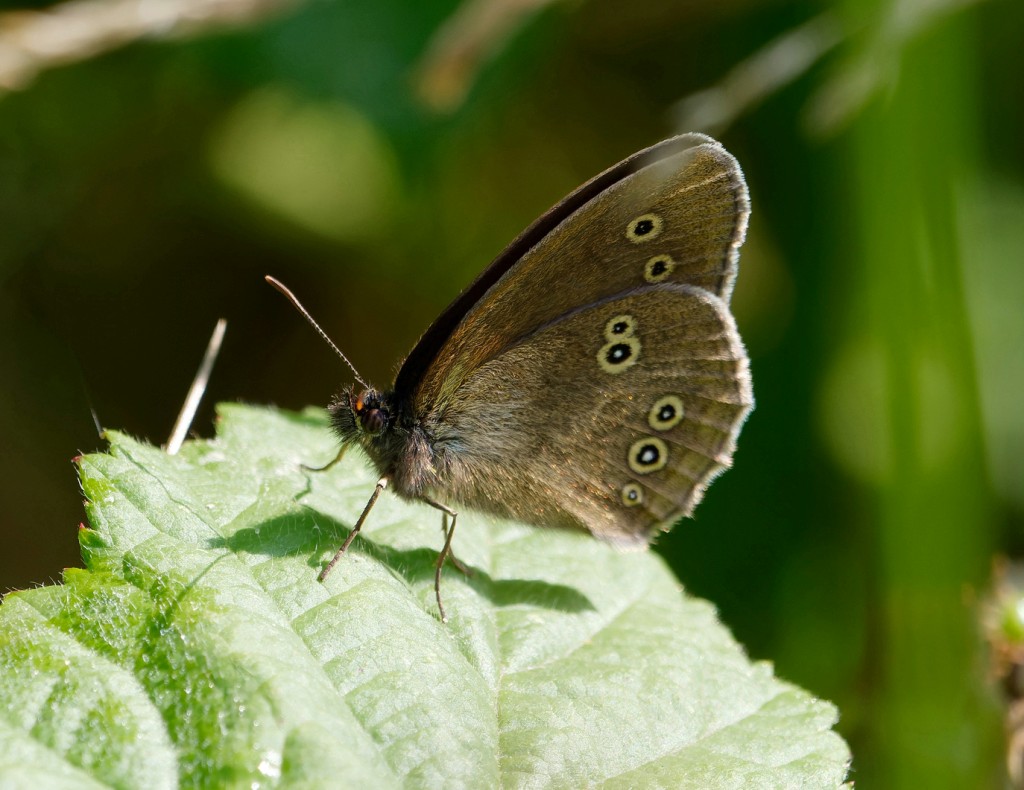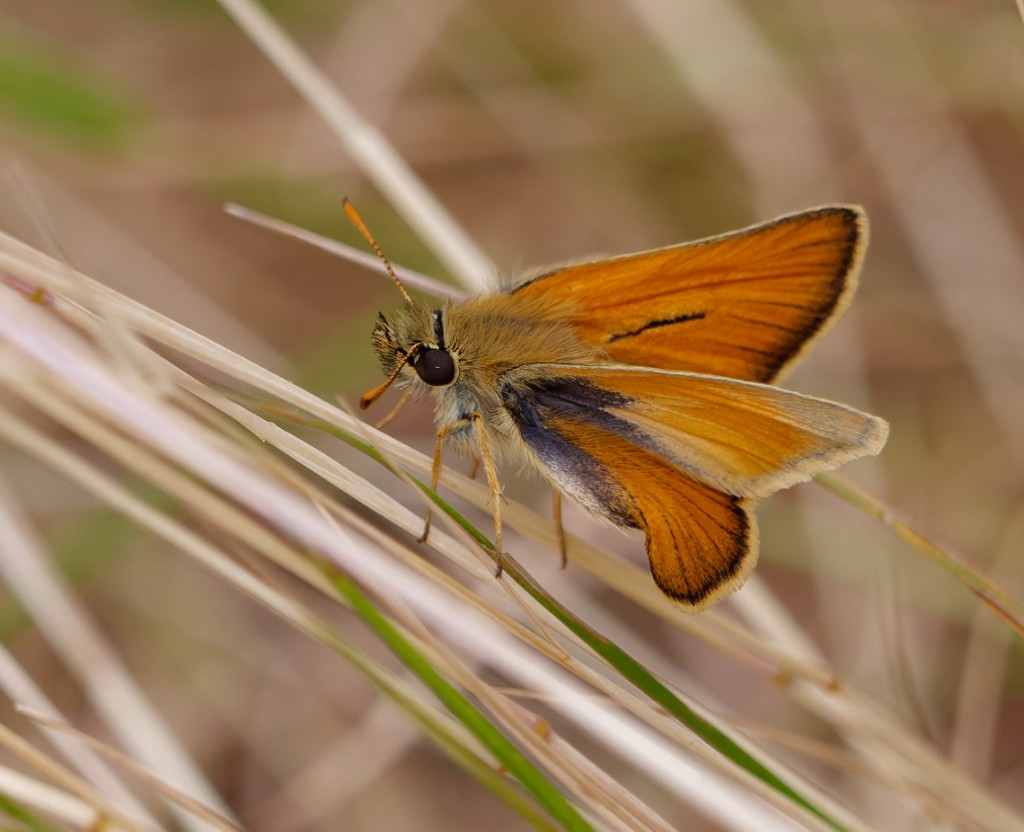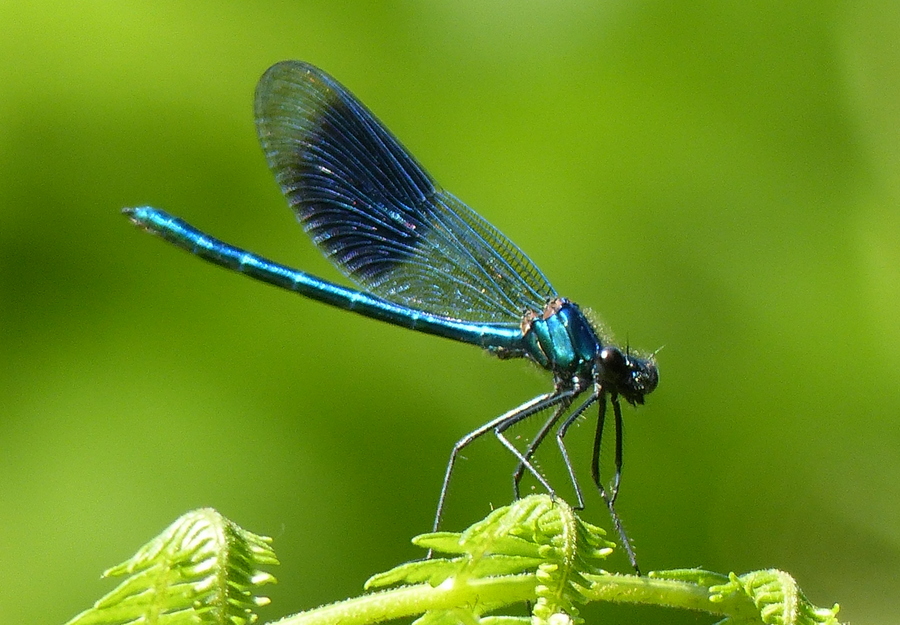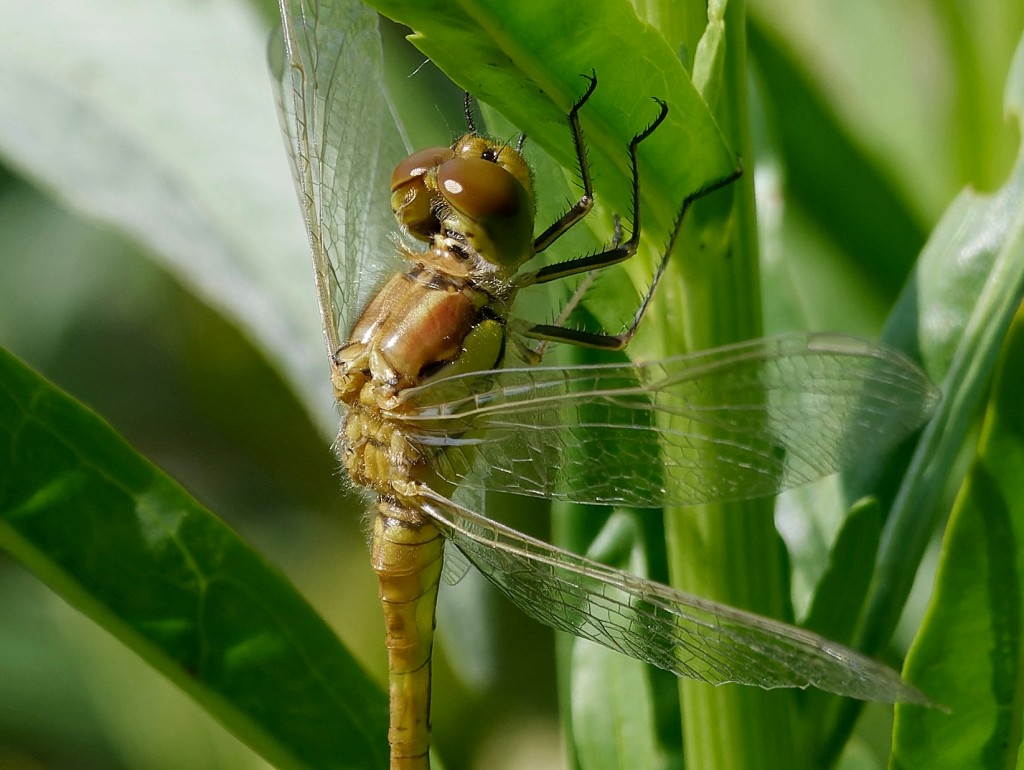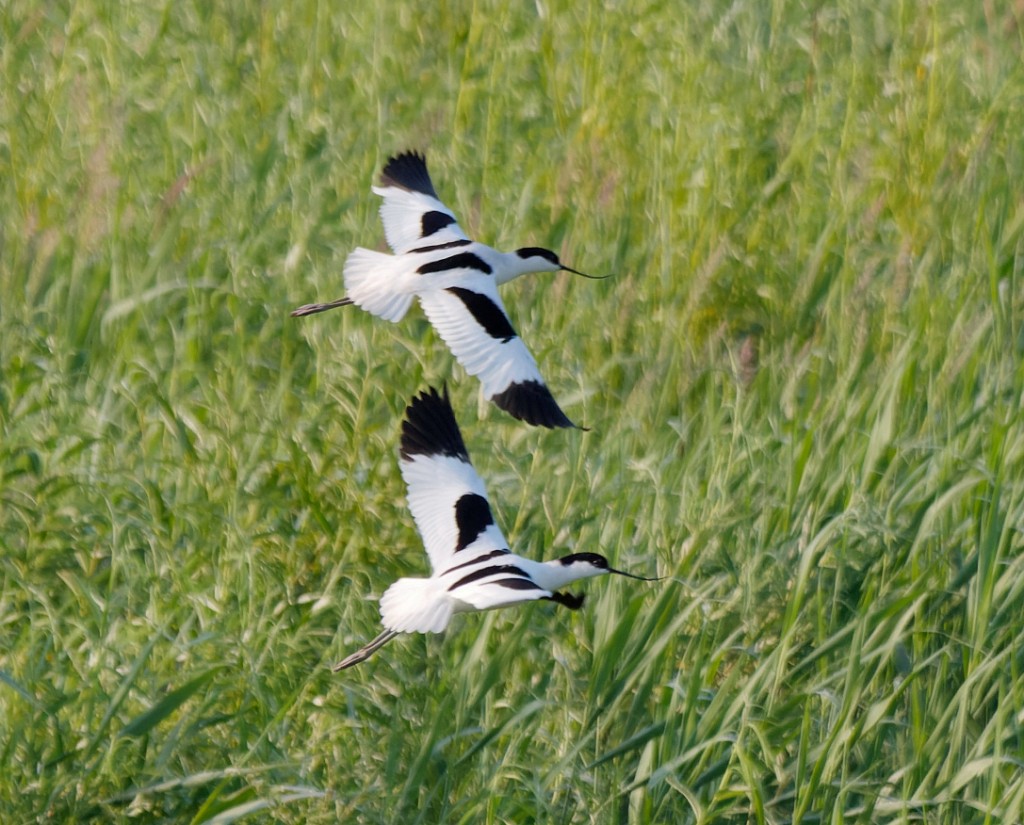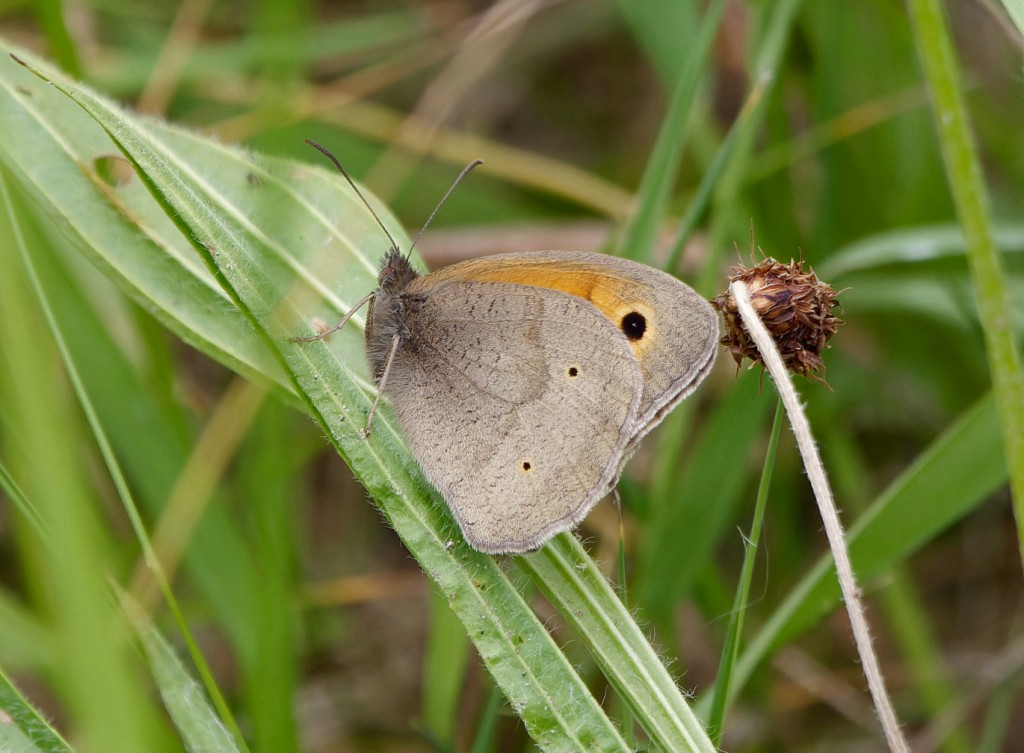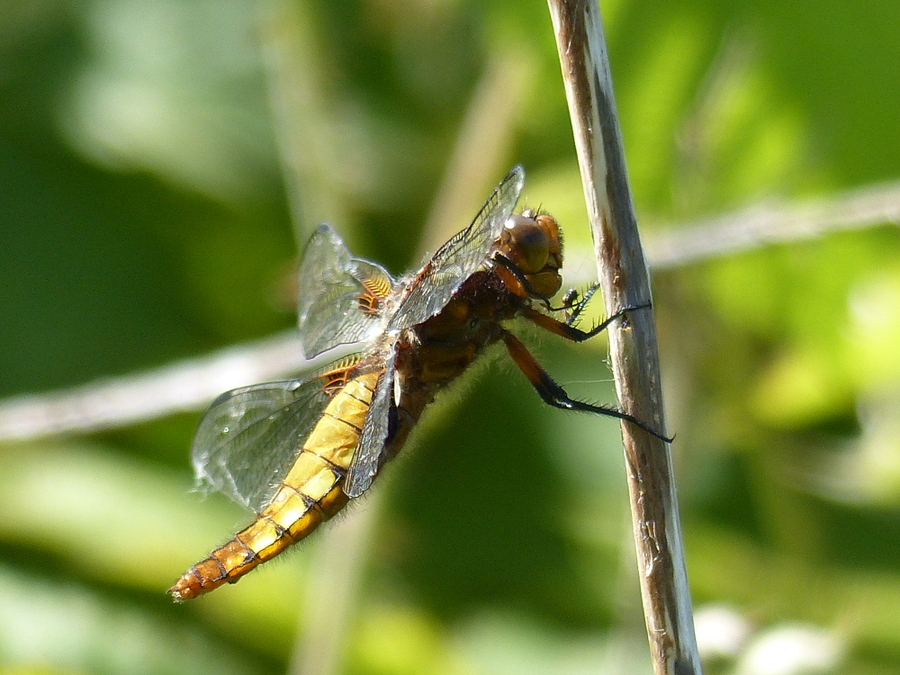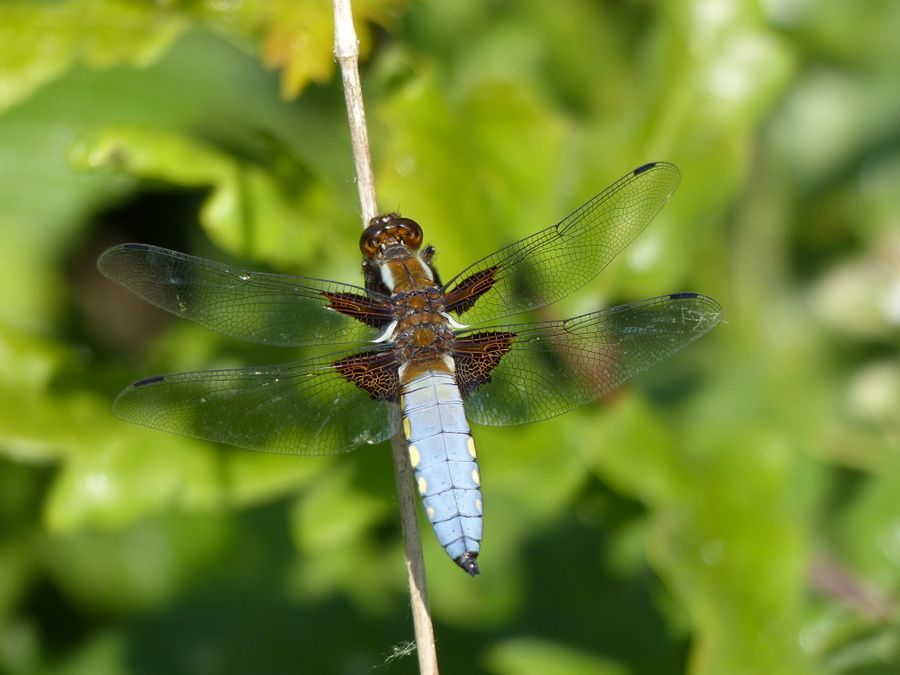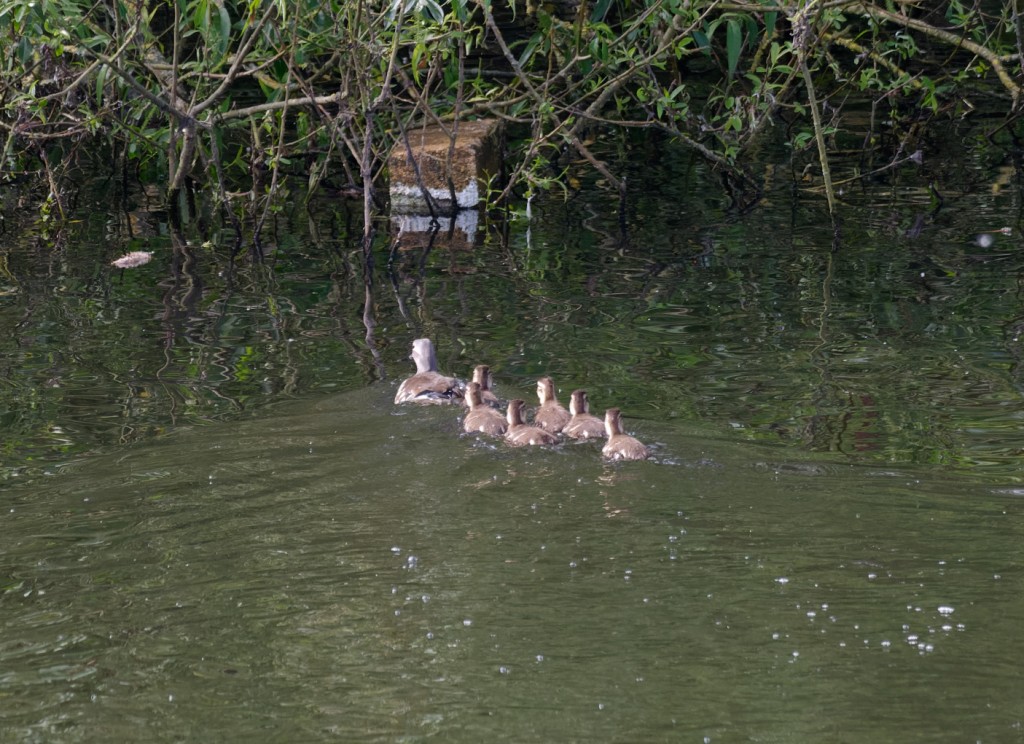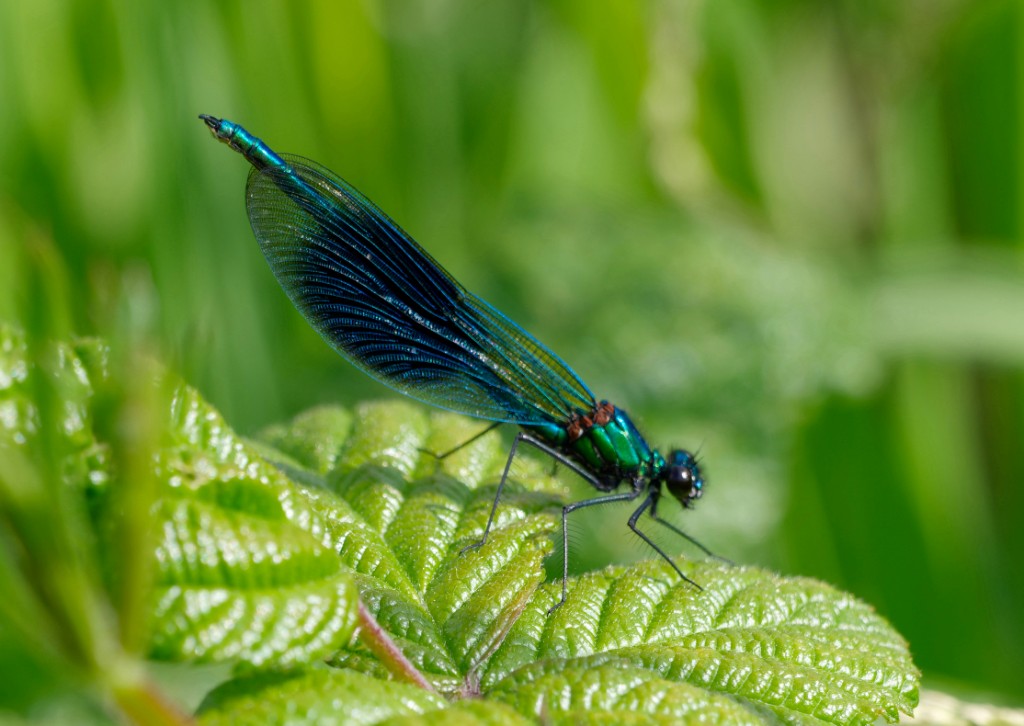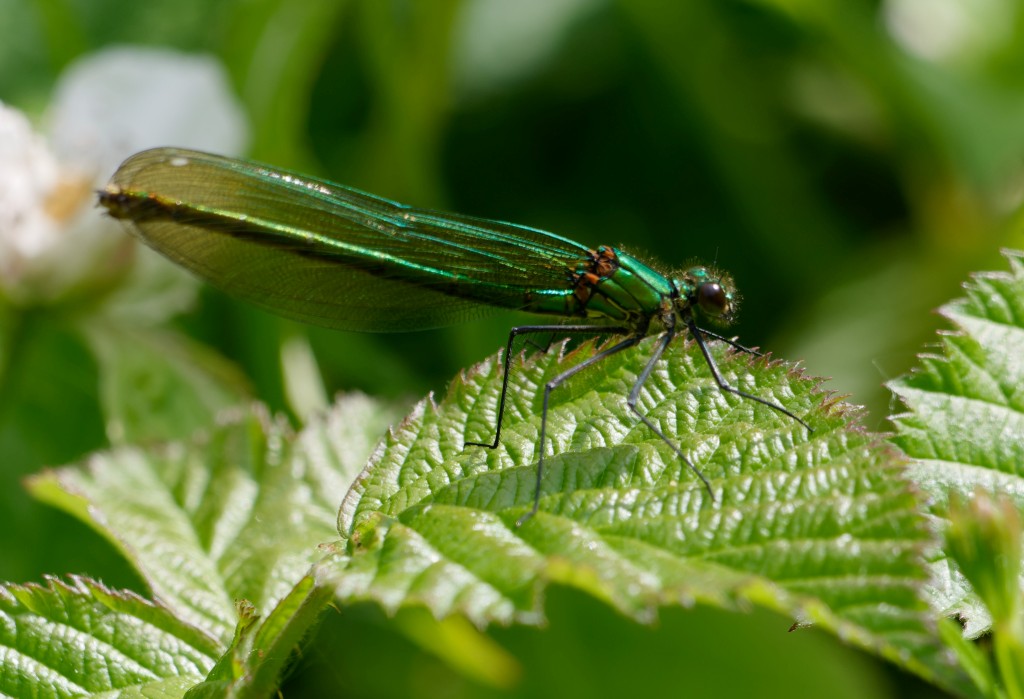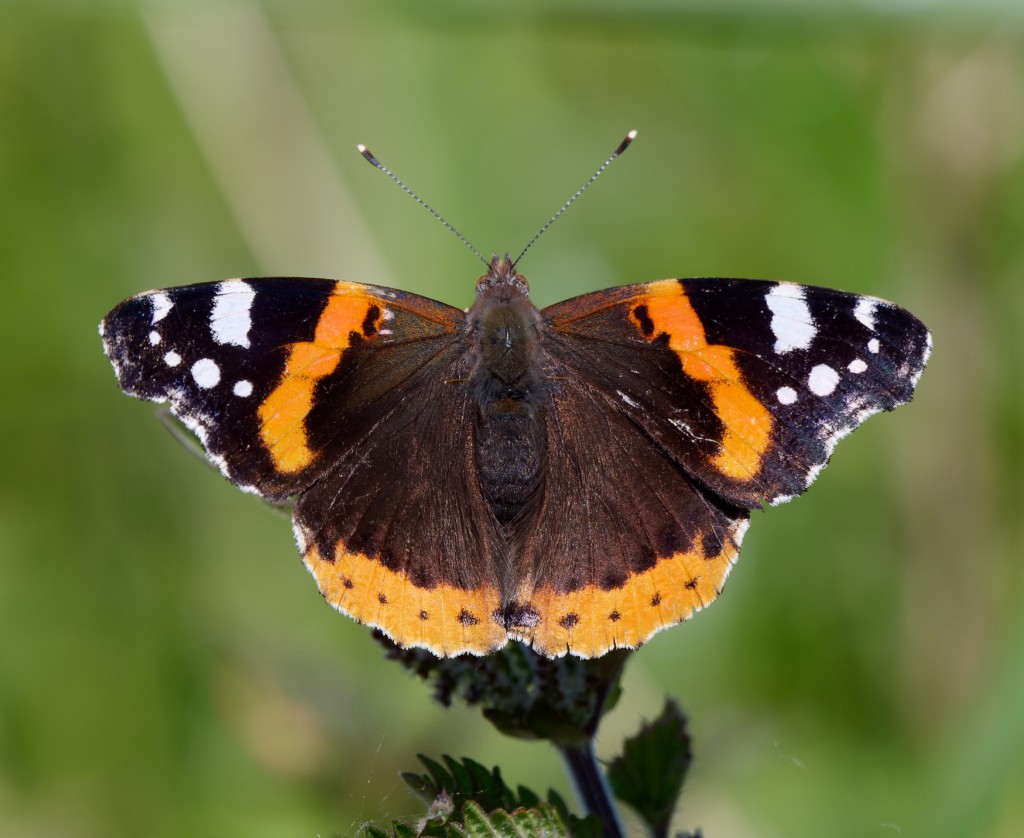Woolston Eyes Monthly Sightings
2023-06-30
June butterflies. The hot weather resulted in many species emerging early and in good numbers. The highlight was the Ringlet, with last year’s record total already more than doubled. This is a species with a flight period normally confined to July. Totals; Large Skipper 10, Small Skipper 7, Small White c.30, Green-veined White c.16, Common Blue 14, Purple Hairstreak 6, Peacock 2, Small Tortoiseshell 1, Comma 19, Red Admiral 13, Speckled Wood 44, Gatekeeper 52, Meadow brown 143 and Ringlet 17.
Submitted by: Dave Hackett
2023-06-29
Another beautiful mid-summer’s morning, with some early bird counts followed by a good meeting with colleagues from the RSPB and representatives of a local firm. The aim of the meeting was to explore the possibility of developing a three-way partnership, which could be really beneficial for the Reserve. Hopefully, I’ll be able to give an update, with more detail, before too long if it comes to fruition. Notable sightings from the morning, from No.3 bed, included: 2 Garganey, 15 Black-tailed Godwits, 1 Redshank, 2 Oystercatchers, 6 juvenile Black-necked Grebes, 1 male Marsh Harrier and 530 Gadwall. There were plenty of butterflies and dragonflies on the wing, too and though I didn’t have time to do any systematic counts, there were at least 5 Gatekeepers along the Canal track by the car park and 6 Brown Hawkers inside the bed. Photo of Willow Herb in flower from No.3 bed Cheers David Bowman
Submitted by: David Bowman
2023-06-27
The first Purple Hairstreaks are beginning to appear and a survey of the south bank of No.3 bed yesterday evening in less than perfect conditions produced a total of five. Please report any further sightings either to me or via the website. The build up of Gadwall continues and 514 were on No.3 bed together with 2 Black-tailed Godwits. Ringlets are having their best ever year at Woolston and 16 have already been seen.
Submitted by: Dave Hackett
2023-06-25
A variety of Dragonflies appeared along the south bank of No.3 Bed yesterday including a few Brown Hawkers and Ruddy Darters with a Broad-bodied Chaser. Plus a small number of Re-eyed, Blue-tailed and Azure Damselflies.
Photo of a female - blue form -Azure Damselfly.
Submitted by: Brian Baird
2023-06-25
It’s nice to be able to report that Marsh Harriers have bred successfully for the third successive year. Two young were ringed at the nest site yesterday, by Dan Owen and Steve Binney and they were also fitted with colour rings, which should enable their future movements to be tracked. The colour rings are bright green with white lettering, as follows: VAL and VAF. Both young were intermediate in size, so it wasn’t immediately possible to say whether they were male of female. They should be on the wing soon and any future reports of sightings would be welcome. Other sightings from the morning included: 4 Garganey, 2 Common Terns, our 30th brood of Pochard, 27 Black-necked Grebes still present (10 adults and 17 young) and a moulting flock of 450 Gadwall. Photo of a Ringlet Cheers David Bowman (with Dan Owen, Helen Wynn, Brian Baird, Sue Haddock and Brian Martin)
Submitted by: David Bowman
2023-06-22
It has been a real week of contrasts. On Tuesday we were ducking out of the torrential, though much needed, rain and keeping an eye on our emerging wildfowl broods. Today it was hot and sultry, with plenty of dragonflies and butterflies on the wing. Thinking back to when we started the negotiations to create the new wetland on No.4 bed, we had hopes that it would help to expand our populations of key breeding species, particularly Black-necked Grebe and Pochard. I don’t think. though, that we expected to see results as quickly as we have. While last year saw record numbers of grebe young produced, this year it is Pochard which are breaking records, with 29 broods located so far. With just 700 pairs of this scarce duck breeding in the UK, Woolston now holds more than 4% of the UK breeding population. Other sightings today included a trickle of waders, with 4 Black-tailed Godwits, 1 Common Sandpiper, 1 Curlew, 2 Ringed Plovers, 1 Little Ringed Plover and 1 Snipe. Dragonflies were plentiful, with: 8 Ruddy Darters, 6 Brown Hawkers, 15 Common Darters, 2 Emperors and 38 Black-tailed Skimmers. The pick of the butterflies were the 5 Ringlets, along with 2 Small Skippers and 4 Large Skippers. Photo of a Ringlet Cheers David Bowman (with Dan Owen)
Submitted by: David Bowman
2023-06-17
It was a cooler morning, with overcast skies early on before becoming quite sultry by early afternoon. Once again, the initial focus was on checking on our breeding birds, with some dragonfly surveys thrown in as the morning warmed. No.4 bed delivered a 21st brood of Pochard, now just one short of our record season, while 23 broods of Coot were visible from the viewing platform, along with another brood of Gadwall. At least three pairs of Lapwing have raised young on the bed, with another two small chicks found skulking in cover. The summer build-up of moulting Gadwall is well under way, too, with a Reserve-wide count of 376. The two over-flying Mediterranean Gulls and two Common Terns have been regular visitors throughout the breeding season, though without any sign of nesting. Plenty of dragonflies were flushed or in flight on No.4, including: 14 male Red-eyed Damselflies, 28 Common Darters, 60 Black-tailed Skimmers, 8 Blue-tailed and 9 Common Blue Damselflies. We then moved on to No.2 bed where dragonflies along the north and east banks included: 1 Southern Hawker, 3 Common Darters, 16 Black-tailed Skimmers and 13 Common Blue Damselflies. Butterflies there included: 3 Small Skippers, 1 Large Skipper, 1 Comma, 10 Meadow Browns, 15 Speckled Woods and 8 Red Admirals. Cheers David Bowman (with Dan Owen)
Submitted by: David Bowman
2023-06-15
Record numbers of Banded Demoiselles have been reported across the Reserve and along the R. Mersey during the current heatwave.
Photo of a male spotted on the south bank of No.3 bed, this afternoon.
Submitted by: Brian Baird
2023-06-15
For the moment, this continued heatwave seems to be benefiting most of the wildlife, though we’re hoping for some spells of rain before too long. We spent the early morning on the No.4 bed wetland and before the heat became too oppressive, made some nice finds. Three more broods of Pochard brought the total for the year to 20. which is really pleasing as 22 is our previous record and two more Gadwall broods, both with high numbers of young were also good to see. Dragonflies were again out in numbers and on the east cell we found our first Southern Hawker of the year, our first three Common Darters, plus 3 Emperors, 46 Black-tailed Skimmers and scores of Azure, Blue-tailed and Common Blue Damselflies. Most excitingly, we also discovered a new, small colony of Red-eyed Damselflies, with 10 males and a female counted - the first ever records for the bed. Walking off the bed in the rising heat, we came across a Ringlet - a scarce butterfly for the Reserve and our earliest ever sighting, the previous earliest being on 20th June. Photo of a Common Darter Cheers David Bowman (and Dan Owen)
Submitted by: David Bowman
2023-06-08
More focus on breeding birds this morning, though the continuing light easterlies and clear skies always promised to bring in something of additional interest. We’d no sooner arrived on No.4 bed than the morning’s highlight arrived, in the shape of two Avocets which circled the wetland several times and threatened to land before heading west. Other species attracted to the wetland included 2 Mediterranean Gulls, 2 Common Terns, a Ringed Plover of the dark tundrae race, a Redshanks, 3 Oystercatchers and 2 Snipe, while overhead 200 Swifts, 25 Sand Martins and a handful of Swallows were taking advantage of the mass hatches of flying insects. A second brood of Shoveler and a tenth of Pochard were also pleasing finds. With the heat rising, dragonflies were out in numbers, with a remarkable 133 Black-tailed Skimmers counted around the southern half of the bed, plus seven Broad-bodied Chasers and 2 Emperors. Little wonder that a Hobby arrived to take advantage of so much potential prey. Three Large Skippers were the best of the butterflies. A quick dash onto No.3 bed then produced 28 Red-eyed Damselflies beneath the Footbridge and 4 loafing Garganey (3 Males) from the South Screen. Photo of the Avocets Cheers David Bowman (with Dan Owen)
Submitted by: David Bowman
2023-06-06
It was a cooler and more overcast morning at Woolston Eyes, spent covering most of the Reserve and trying to get a handle on some of our key breeding species. Highlights included proving breeding for Shoveler for the first time in a long, long while, locating another successful pair of Little Ringed Plovers and finding four more broods of Pochard, bringing the total so far to nine. Most of our time, though, was taken up with getting to grips with our Black-necked Grebe population. It’s been a strange season, with the Black-headed Gull colony crashing as a result of Avian Flu. The association between the grebes and gulls is well-documented, with the gulls providing protection from predators through their mobbing behaviour. Without that protective umbrella, our grebes have been far more secretive, keeping to the reed edges and back channels. The wisdom of this was graphically demonstrated today, when a Lesser Black-backed Gull killed and attempted to swallow an almost fully grown Black-necked Grebe chick, the first time we’ve ever observed such predation. Nevertheless, we managed to find 21 adults and 20 young, with two new broods, bringing the total to 13. Other notable sightings included: 3 Garganey, 2 Mediterranean Gulls and a Redshank. Photo of a Meadow Brown Cheers David Bowman (with Dan Owen)
Submitted by: David Bowman
2023-06-03
The current spell of warm weather has brought out the Dragonflies in good numbers, notably Banded Demoiselles, Black-tailed Skimmers and Broad-bodied Chasers.
Photo of a male Broad-bodied Chaser along the Canal track on No.1 bed.
Submitted by: Brian Baird
2023-06-02
Also 18 Speckled Woods and 2 Large Skippers
Submitted by: Dave Hackett
2023-06-02
Butterfly totals for May; 94 Common Blues, an excellent number for the first brood; 52 Orange Tips, c.50 Small Whites, c.24 green-veined Whites, 4 Holly Blues, 9 Peacocks, 9 Small Tortoiseshells 3 Red Admirals, 1 Small Copper and 2 Large Skippers. The first Large Skipper was seen on 27 May which equals the record for the earliest ever sighting of this species .
Submitted by: Dave Hackett
2023-06-02
The first day of summer saw glorious weather and breeding in full swing. We were pleased to prove breeding for Mandarin, for only the second time, when one of three females drifted briefly out of cover at Rixton Bridge with five well-grown young in tow. Fortunately, the way our Black-headed Gull colony has been hit hard by Avian Flu hasn’t affected our Black-necked Grebes as badly as we feared (Black-necked Grebes tend to breed within such gull colonies for protection against predators). Nine broods have appeared so far, with a minimum of 20 young and there are still other pairs on nests. Pochard broods have also started to emerge, with six in total so far, again with at least 20 young. Other sightings of note included: a hawking Hobby, 3 Garganey, 2 Ringed Plovers, 2 Common Terns and a Peregrine mobbing an immature female Marsh Harrier. Outside of the birds, there were some interesting dragonfly counts, too, with 11 Banded Demoiselles, an uncommon species for us, at the eastern end of the Reserve and 25 Black-tailed Skimmers along the track to the viewing platform on No.4 bed. Photo of a Red Admiral Cheers David Bowman (with Dan Owen)
Submitted by: David Bowman

